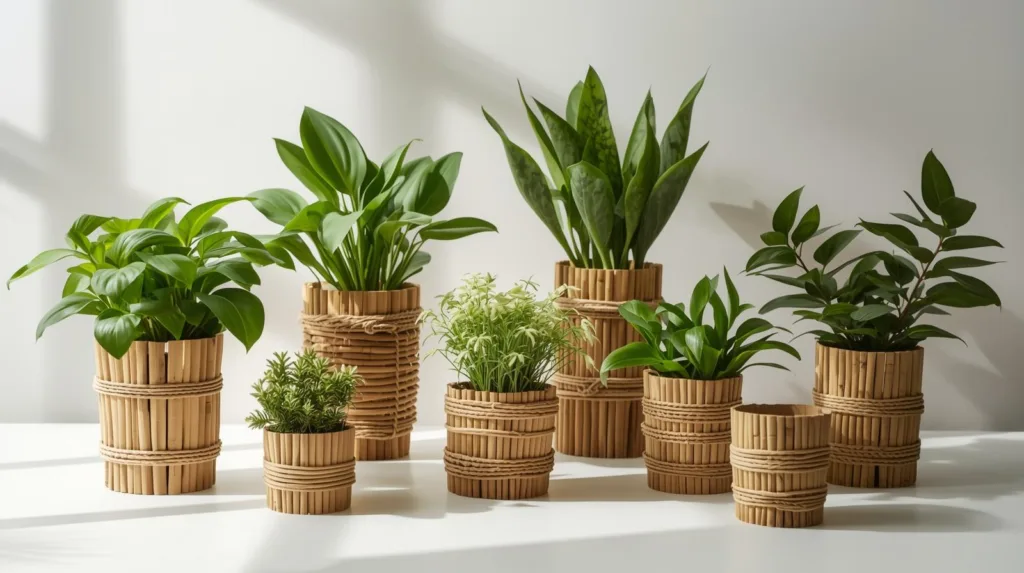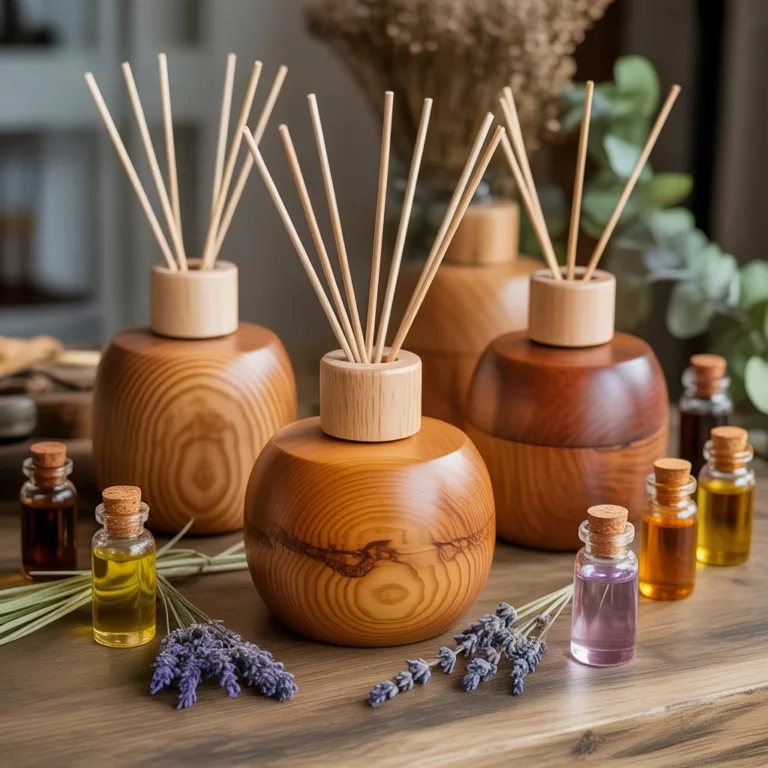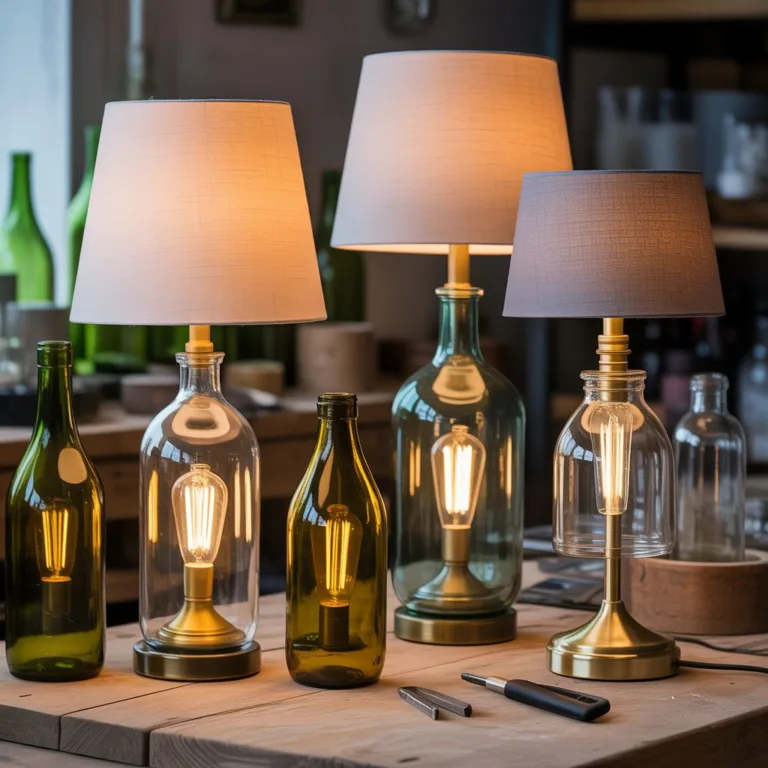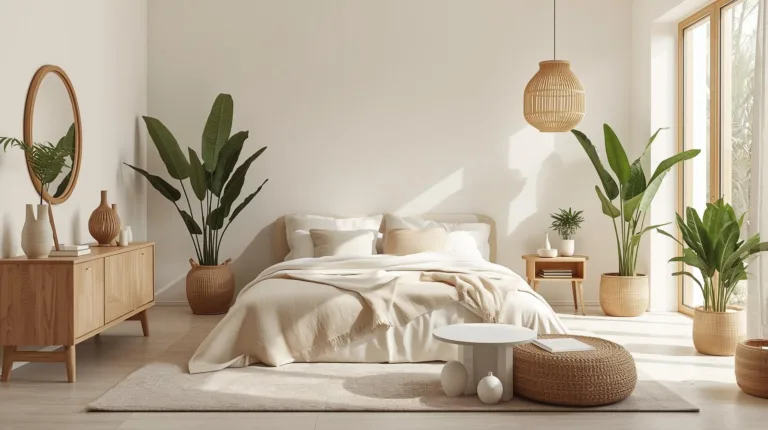Sustainability meets creativity when you bring nature indoors through eco-friendly crafts. Bamboo planters are a perfect example — simple to make, visually beautiful, and an excellent alternative to plastic or ceramic pots. Whether you’re looking to create a serene indoor garden or teach children about eco-conscious living, bamboo planters offer a hands-on approach that promotes both design and environmental awareness.

This guide explores everything you need to know about crafting bamboo planters at home — from choosing the right bamboo and preparing it safely to decorating and maintaining it for lasting beauty.
The Appeal of Bamboo Planters
Bamboo is one of the most sustainable materials on Earth. It grows quickly, regenerates without replanting, and requires minimal water or fertilizers. When turned into indoor planters, bamboo adds a warm, natural aesthetic that blends with various interior styles, from rustic to minimalist.
Beyond aesthetics, bamboo planters offer environmental benefits:
- Biodegradability: Bamboo decomposes naturally, reducing landfill waste.
- Durability: Properly treated bamboo can last for years without losing its charm.
- Air purification: When paired with plants, it contributes to a cleaner indoor environment.
For those who enjoy combining art, craft, and sustainability, creating bamboo planters is an ideal DIY project.
Choosing the Right Bamboo
Not all bamboo varieties are suited for crafts. Select culms that are thick, mature, and free from cracks or insect damage. Look for pieces around 3–5 inches in diameter, which are easier to handle and provide sufficient space for soil and roots.
If possible, use locally sourced or reclaimed bamboo from furniture or construction leftovers. This approach reduces environmental impact and gives new life to discarded materials.
Seasoning the Bamboo
Fresh bamboo contains moisture that can cause cracking or mold. To prevent this, let your bamboo dry in a shaded area with good ventilation for several weeks. Avoid direct sunlight, which may split the surface. Once dried, sand it lightly to remove any rough patches.
You can also treat bamboo naturally by boiling it in water with a little salt for 30–45 minutes, then allowing it to dry completely. This process strengthens the bamboo and enhances resistance to pests.
Cutting and Preparing Your Planters
When preparing the bamboo:
- Choose a section with at least one node (the solid ring inside the bamboo).
- Cut just below the node to create a sealed base — this will serve as the bottom of your planter.
- Cut the top section above another node to form the planter opening.
Smooth all edges using sandpaper to prevent splinters. For drainage, drill a few small holes at the bottom if your plant requires good water flow.
To preserve the bamboo’s natural color and strength, apply a thin coat of natural oil, like linseed or coconut oil. Avoid chemical varnishes if you want your planter to remain eco-friendly.
Adding Soil and Plants
Bamboo planters work best for small- to medium-sized indoor plants that thrive in well-draining soil. Consider:
- Succulents — require little water and grow beautifully in bamboo.
- Herbs like mint, basil, or parsley.
- Ferns or ivy, for a lush green effect.
Place small stones or clay pebbles at the base for drainage, followed by organic potting soil. Gently insert your plant and fill the sides with additional soil, pressing lightly to secure it.
Watering Tips
Since bamboo can absorb moisture, avoid overwatering. Instead, mist your plants regularly or water lightly when the top soil feels dry. To extend the life of your planter, place a thin plastic or glass liner inside before adding soil.
Creative Decoration Ideas
Personalizing your bamboo planter makes it both functional and decorative. Try these sustainable design ideas:
- Natural paint: Use plant-based or water-based paints for colorful accents.
- Macrame hangers: Hang smaller bamboo planters using handmade macrame cords.
- Engraving or carving: Lightly carve patterns or names into the bamboo surface.
- Twine wrapping: Wrap natural fibers like jute or hemp around the edges for a rustic touch.
Encourage children or students to decorate their planters as part of an eco-art project. It’s an engaging way to teach them about sustainability, recycling, and care for plants.
Maintenance and Longevity
With proper care, bamboo planters can last for years indoors. Here’s how to keep them in top condition:
- Keep them away from direct sunlight or excessive humidity to avoid warping.
- Wipe with a dry or slightly damp cloth to remove dust.
- Reapply natural oil every few months to maintain the surface.
- Replace the liner or re-sand the interior if you notice mold or cracks.
If your planter eventually wears out, don’t throw it away — compost or repurpose it as garden mulch. Bamboo decomposes safely, returning nutrients to the soil.
Educational Uses in Eco Projects
DIY bamboo planters are also great tools for environmental education. Teachers can integrate them into lessons about plant growth, sustainability, and waste reduction. Students can monitor their plants’ progress, learning about the connection between natural materials and ecological responsibility.
Community groups or eco-clubs can organize workshops where participants make bamboo planters together. Such activities promote environmental awareness, creativity, and cooperation — essential values in today’s sustainability movement.
Combining Bamboo with Other Materials
If you enjoy experimenting, mix bamboo with other natural or upcycled materials. For example:
- Combine bamboo and coconut shells for tropical-style planters.
- Add pebble bases for drainage and visual interest.
- Use wood or driftwood stands to elevate your planters.
These combinations create unique and visually appealing arrangements while reinforcing the eco-friendly message behind your craft.
The Broader Impact of Bamboo Crafting
Choosing bamboo planters over plastic pots contributes to larger global sustainability goals. Bamboo absorbs more carbon dioxide and produces more oxygen than most plants. Supporting bamboo-based crafts also encourages local artisans and sustainable industries.
This small project represents a mindful choice — each handcrafted bamboo planter helps reduce plastic waste and inspires eco-conscious creativity.
Bringing Green Life Indoors
Indoor greenery does more than beautify a room; it improves air quality, boosts mood, and reconnects us with nature. Making bamboo planters adds an extra layer of meaning — you’re not just growing plants, you’re nurturing sustainability in your everyday life.
So gather a few bamboo pieces, some soil, and your favorite plants. Let your hands create something beautiful and lasting. The next time you see your bamboo planter flourishing by the window, you’ll know that both you and the planet are thriving together.

Lucas Hartman is a DIY enthusiast and sustainability advocate focused on natural crafts and eco-friendly home décor. With a background in arts and design, Lucas creates tutorials that help families and hobbyists transform everyday recycled or organic materials into beautiful, functional projects.



